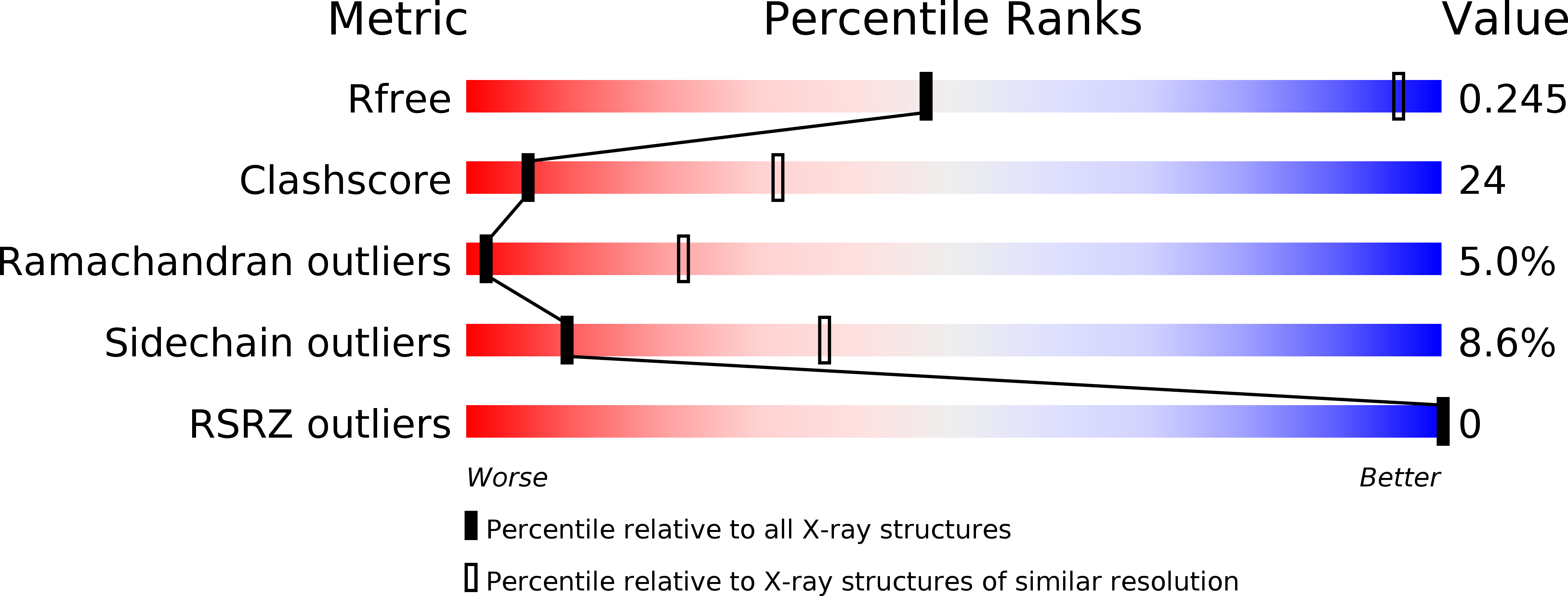
Deposition Date
2010-10-28
Release Date
2011-02-02
Last Version Date
2024-10-16
Entry Detail
PDB ID:
3PFQ
Keywords:
Title:
Crystal Structure and Allosteric Activation of Protein Kinase C beta II
Biological Source:
Source Organism:
Rattus norvegicus (Taxon ID: 10116)
Host Organism:
Method Details:
Experimental Method:
Resolution:
4.00 Å
R-Value Free:
0.24
R-Value Work:
0.19
R-Value Observed:
0.24
Space Group:
P 32 2 1


